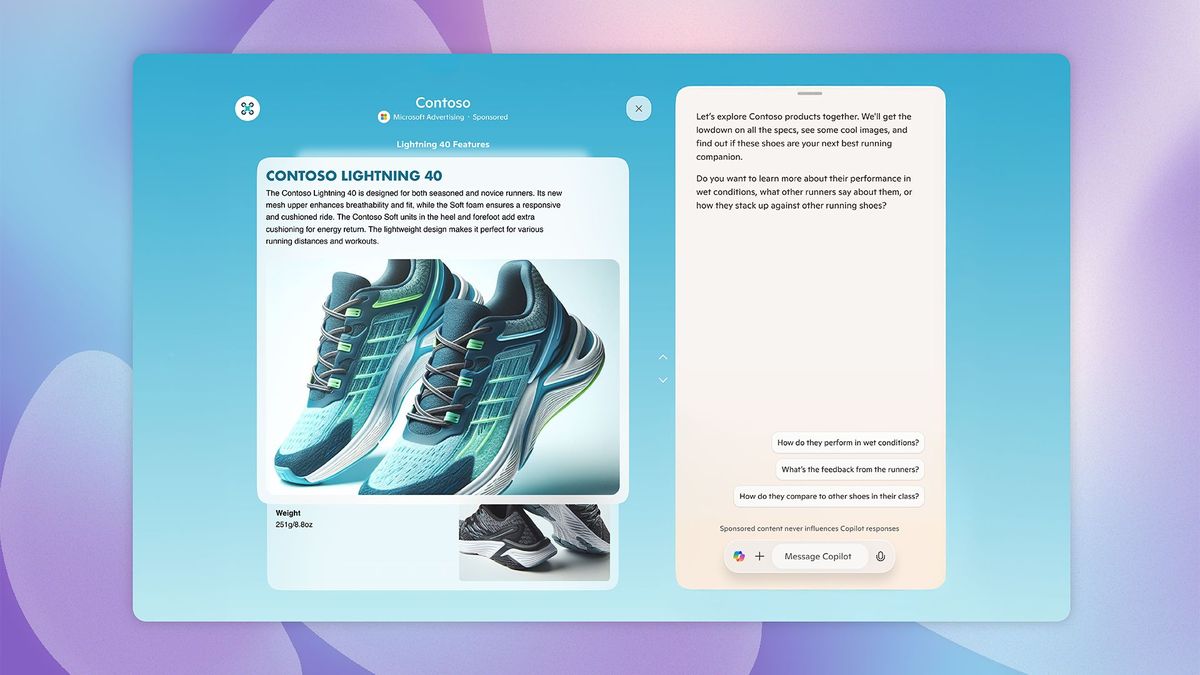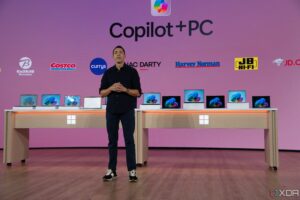Copilot AI Introduces ‘Showroom Ads’ and Dynamic Filters

The Rise of Generative AI and Interactive Advertising
Understanding Generative AI in Search
Generative AI is rapidly transforming the landscape of online interactions, especially when it comes to search engines. Users are increasingly turning to AI-driven platforms like ChatGPT instead of traditional search engines like Google. This shift is significant, as it changes the way people access and engage with information online.
Microsoft’s New Interactive Ad Formats
In response to this shift, Microsoft has taken proactive measures to enhance its advertising strategies. The company has introduced innovative ad formats tailored specifically for users of its Copilot feature. Two noteworthy additions are Showroom ads and Dynamic filters, designed to create more engaging and personalized user experiences.
Showroom Ads: A Virtual Shopping Experience
Microsoft’s Showroom ads aim to provide an immersive experience reminiscent of physical showrooms. Users can explore various products interactively and ask questions to gain a deeper understanding before making purchasing decisions. The idea is that it mirrors the useful aspects of in-person shopping, creating a rich digital environment for consumers.
According to Microsoft, this feature invites users to engage actively with products. When users express interest in a product, the Showroom ad can simulate a real shopping scenario, allowing them to interact with digital representations of the products.
Dynamic Filters: Tailored Advertising
In addition to Showroom ads, Microsoft is rolling out Dynamic filters, which target ads more effectively based on user preferences. This feature reduces the need for users to ask multiple follow-up questions, streamlining the process of finding relevant advertisements and increasing the likelihood of sales conversions.
Both of these features are set to begin launching in select markets in the near future, with Dynamic filters already expected to roll out this month in English-speaking regions.
Enhancing the Advertising Experience
Microsoft’s recent updates are supported by data indicating that ads integrated within the Copilot interface are noticeably more effective than traditional search ads—reportedly 25% more effective in terms of click-through rates. This statistic highlights the potential for better performance outcomes through these new tools.
The company is also focused on improving its overall ad offerings and analytics tools. Some of the newly introduced resources include:
Ads Studio: This AI-driven tool helps marketers create more effective advertisements with ease. It utilizes generative AI technology to streamline the process of finding and managing creative assets.
API for Copilot Asset Creation: Advertisers can now generate creative assets seamlessly across various tools and workflows, integrating Copilot’s capabilities into their advertising strategies.
- Optimizing the Monetization Experience: Microsoft is enhancing its advertising platform’s usability, aiming for a cleaner interface and improved navigation for users. This includes proactive identification and solutions for performance issues.
Copilot Ads: Prospects and User Reception
The new Copilot and its associated ad strategies have sparked a mix of responses among users. While some anticipate a positive shift towards more engaging and interactive ads, others have expressed skepticism. Feedback on social media indicates that several users find the updates unsatisfactory, preferring previous versions of Microsoft’s AI features.
Additionally, concerns have emerged regarding the intrusiveness of ads in platforms like Windows 11. As Microsoft navigates this criticism, it faces the challenge of balancing user expectations with innovative advertising strategies.
In Summary
As generative AI continues to shape the future of online interactions, companies like Microsoft are striving to refine their strategies to meet evolving user needs. With interactive ads designed for a more engaging experience, the potential for significant changes in how users interact with advertisements online is on the horizon. However, user feedback will be crucial in determining the ultimate success of these new implementations.






